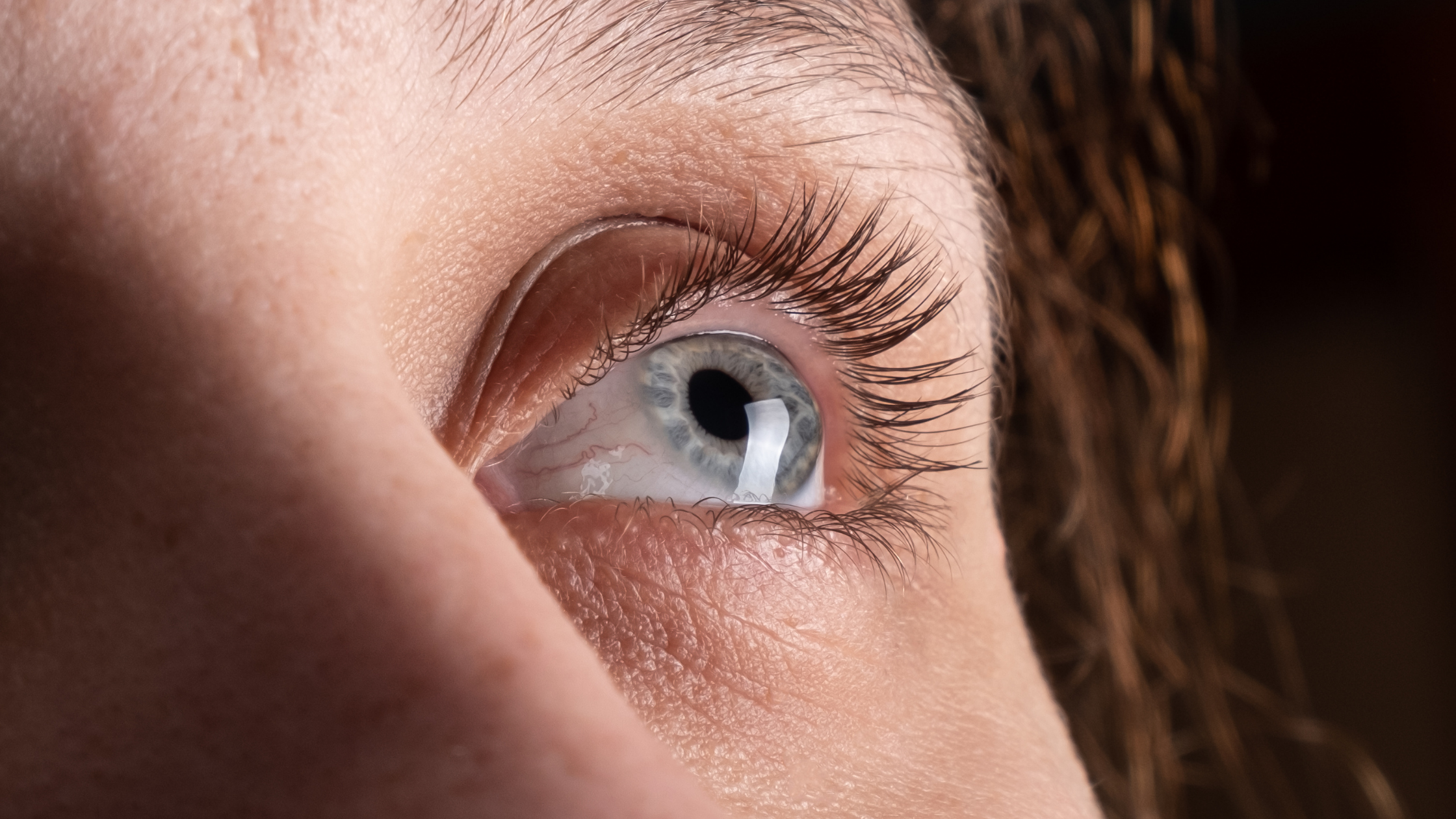
If you are afflicted with keratoconus, you probably require an alternative to standard soft contact lenses. Soft lenses are able to provide a great deal of comfort and visual acuity for individuals with a wide variety of vision impairments. Still, they are not optimal for keratoconus, which is characterised by the thinning and deformation of both corneas. As corneas diminish, they begin to protrude or expand in a cone-like manner. This conical shape affects the cornea’s ability to refract light, which can lead to impaired or distorted vision. Because conventional soft contacts rest on the corneal surface, corneal irregularities make it difficult or impossible for keratoconus patients to achieve optimal fit and adequate vision correction.
Fortunately, there are several types of lenses for keratoconus that provide significantly superior visual correction.
Option 1: RGP Lenses
In certain instances, patients with keratoconus can accomplish positive results by donning rigid gas permeable (RGP) lenses. RGP lenses are rigid gas-permeable plastic contact lenses that retain their shape and position in the eye more effectively than flexible contact lenses. This will provide crisper vision correction than flexible contact lenses in most cases. Many people still prefer soft contact lenses, primarily because they are initially more pleasant. In the case of keratoconus and other conditions characterised by irregularly shaped corneas, however, flexible lenses will conform to the cornea’s irregular shape, rendering them unsuited for treatment. In severe cases of keratoconus, RGP lenses may still migrate slightly when the patient blinks, despite their greater shape stability.
Option 2: Scleral Lenses
Although RGP lenses are a viable option for some individuals with keratoconus, Weston Contact Lens Institute recommends them as a last resort. When it comes to eyes that are challenging to suit with contact lenses, including those with keratoconus, we almost always begin by attempting scleral lenses. Instead of resting on the cornea, scleral lenses rest on the sclera, also known as the white of the eye. The design of the lenses then permits them to ascend over the cornea, leaving a tear chamber between the surface of the eye and the lens. The result is a much more comfortable fit for someone with keratoconus, not only because the lens does not contact or irritate the cornea but also because the reservoir of fluid hydrates and lubricates the eye, keeping it healthy and lubricated.
The other distinguishing characteristic of scleral lenses for treating keratoconus is that they can rectify vision in corneas with extremely irregular shapes. Most contact lenses must precisely (or at least closely) imitate the shape of the ocular surface in order to effectively rectify vision. Because scleral lenses cover the entire cornea, any irregularities in corneal morphology are rendered irrelevant. These lenses can improve visual clarity even for patients with relatively severe keratoconus.



